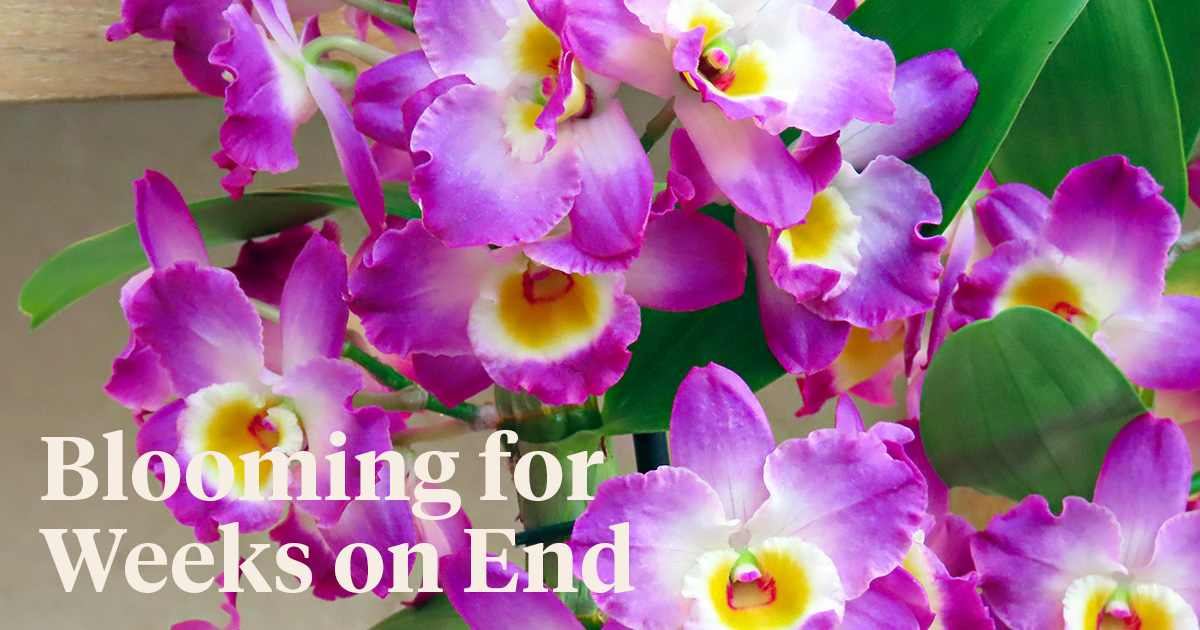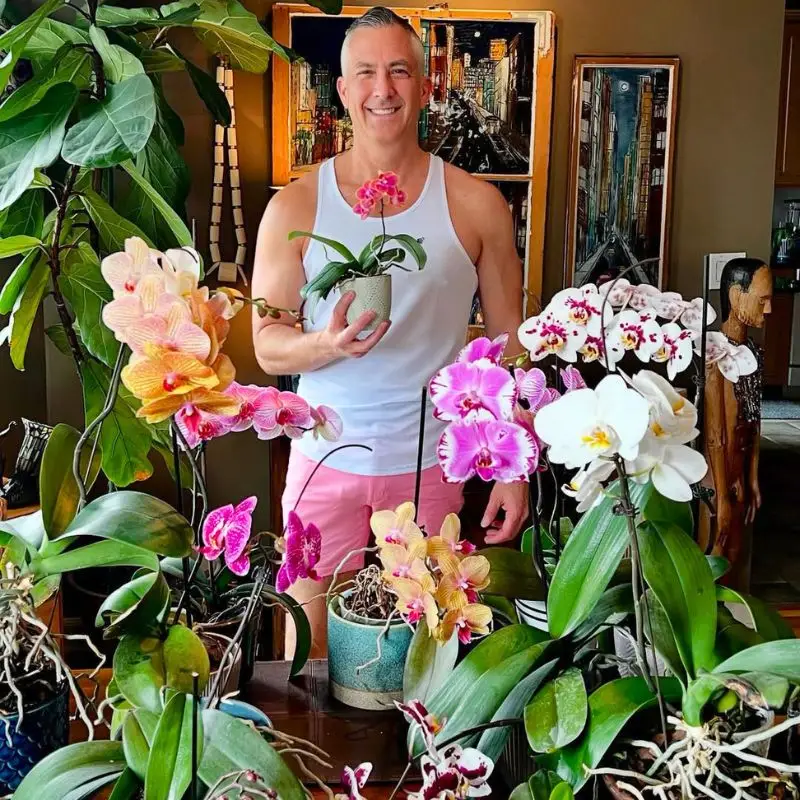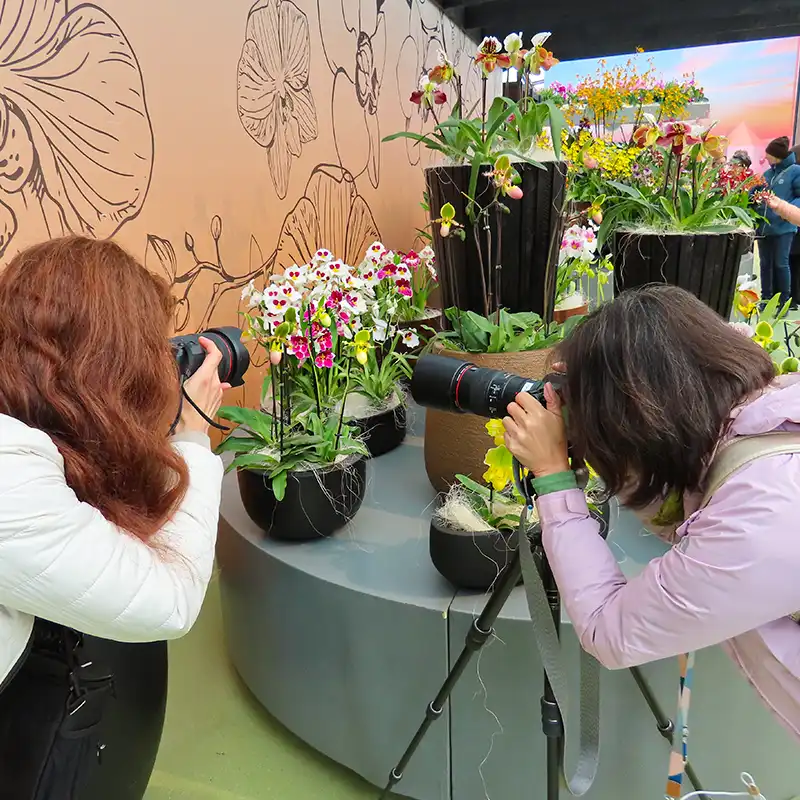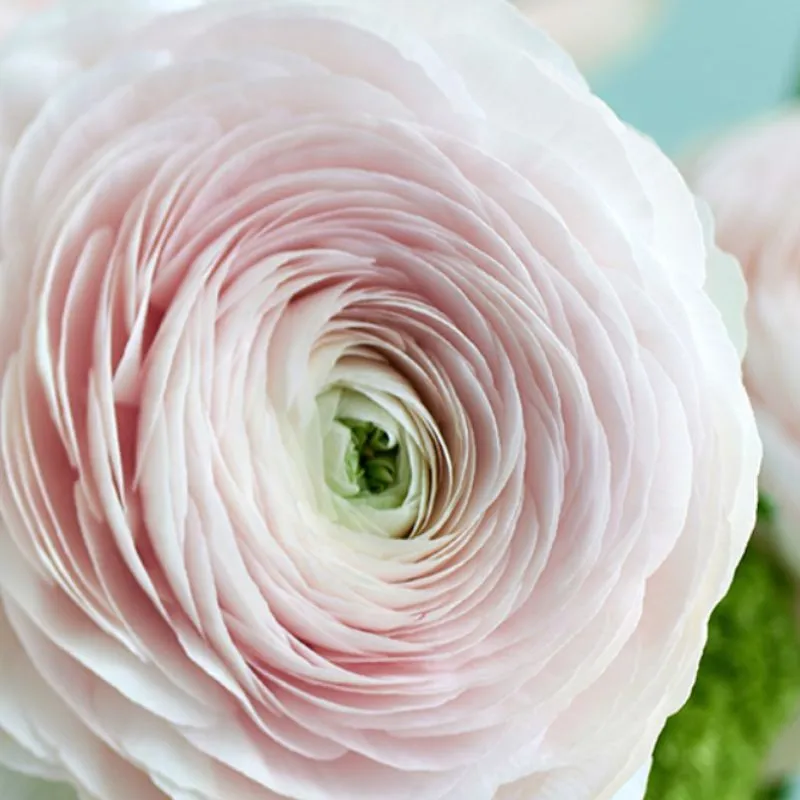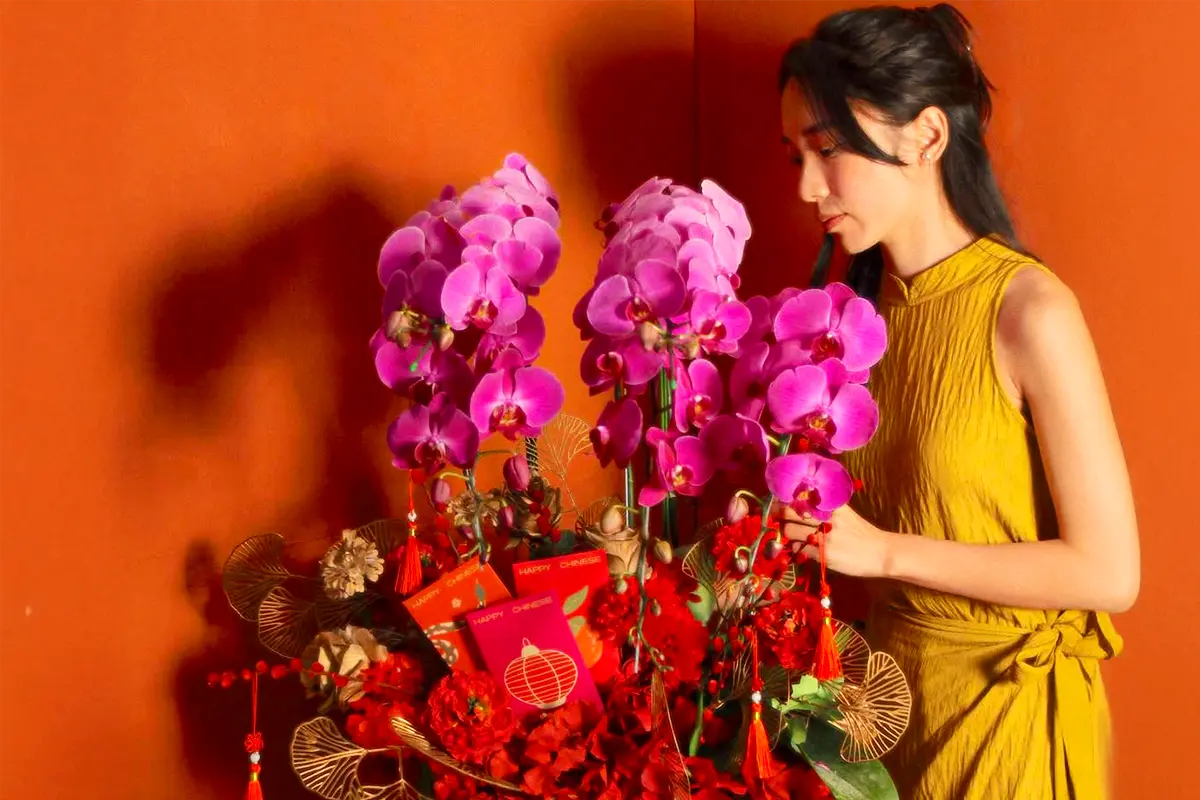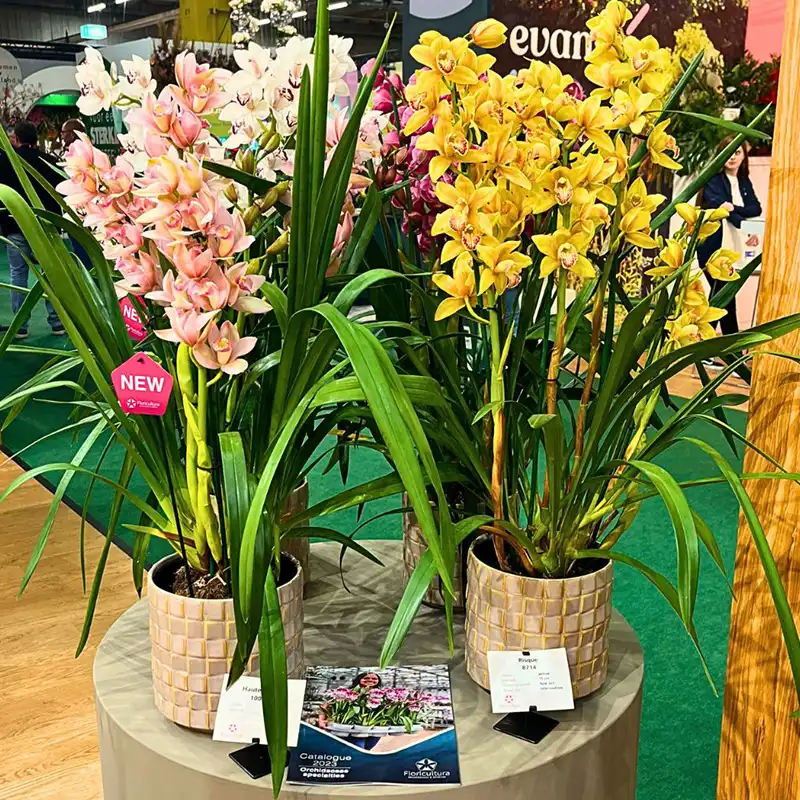Did you know that when it comes to orchid plants, dendrobium nobile is a real hidden gem? Most attention goes to phalaenopsis orchids, which have the advantage of an incredibly wide assortment. But don't overlook those wonderful dendrobium orchid plants, because when they get a chance to shine they will! If there is one person who could tell you all about this perfect plant for windowsills or any prominent place in your home, it is definitely Peter Prins from breeder Floricultura.
The Exclusive Beauty of Dendrobium Nobile
When you see one, you want it, that's how simple attraction works. Unfortunately, there are not so many varieties of the dendrobium nobile around. Why is that? Peter Prins, 47 years old, who is the account manager and cultivation advisor for this product group, explains:
"Dendrobium nobile is a real exclusive luxury orchid. To grow this plant is more difficult than phalaenopsis. Dendrobium has more growth stages, and you need differently-conditioned greenhouses for every stage. You need more tools and more growth stages - like a period when the daylight duration is artificially shortened - to grow this plant. You need to 'tell' this plant when to stop growing to recuperate and prepare it for a later stage in which it will come out better and stronger.
All-in-all it is an expensive plant to make for our customers. After all, we are talking about 2.5 years in the lab, 9 months of cultivation in a plug tray in our greenhouse and then another year at the grower. This means that the plant is already more than 4 years old when the consumer has it flowering at home. Naturally, this leads to a high price at the florist."
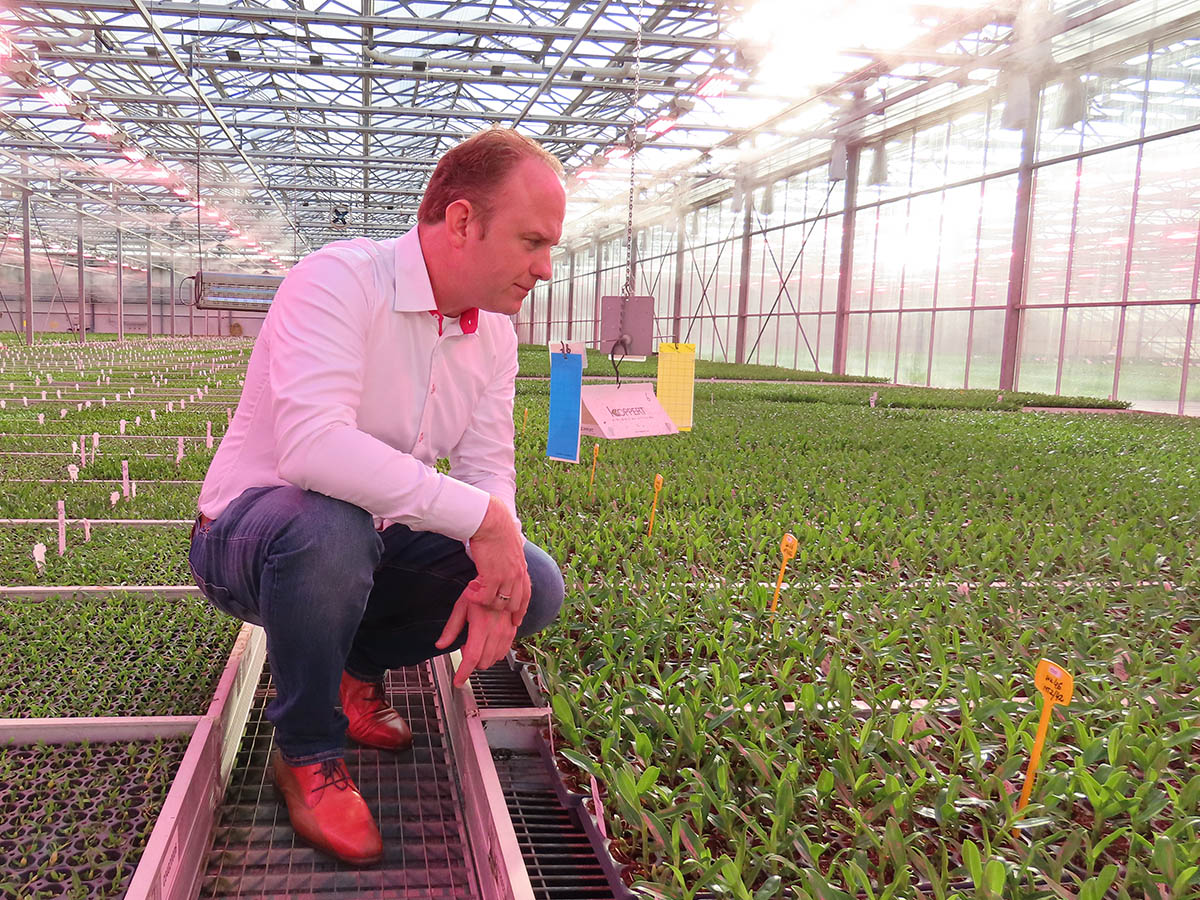
"What I like about orchid plants in general and the dendrobium in particular, is the diversity of the plants. There are so many sizes, shapes, colors, and patterns available. A rose or a chrysanthemum grower might have many hectares with only a few varieties. Orchid growers often have many different varieties in their greenhouses, which I believe is a magnificent sight. And although we have only six varieties in the dendrobium assortment that are regularly available, they all stand out."
Some beautiful dendrobium plants that need to be mentioned are the Dendrobium Spring Dream Apollon, Spring Dream Kumiko, and Comet King Akatsuki.
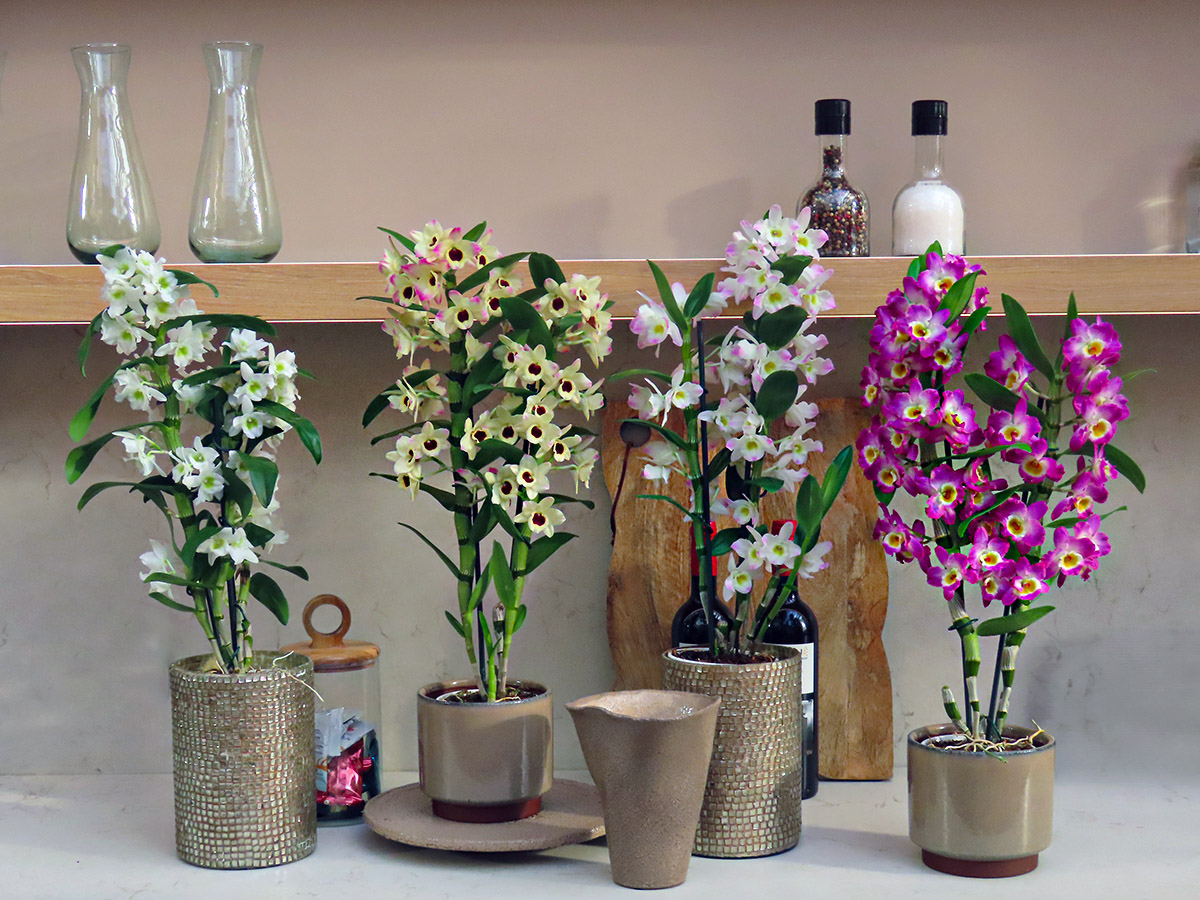
Loving the Spotlight
Dendrobium nobile orchids love the spotlight. They are, unlike anthuriums or phalaenopsis, plants that do not thrive in the shadows. They claim a sunny place in your home; not in direct sunlight, but in a light place. Windowsills that do not get direct sunlight are perfect places to pot your nobiles. Since these plants grow upwards rather than sideways, they do not take up a lot of space and they leave room for some mix-and-matching with other plants. Just note that the plant needs a little more water than phalaenopsis orchids.
Peter:
"We see already in the breeding process, and also growers know this, that dendrobium plants seek the light. They need far more light in the greenhouse than other orchids. Although it does not need as much heating as - for instance - a phalaenopsis, it compensates this with a four or five-times higher need for lighting."
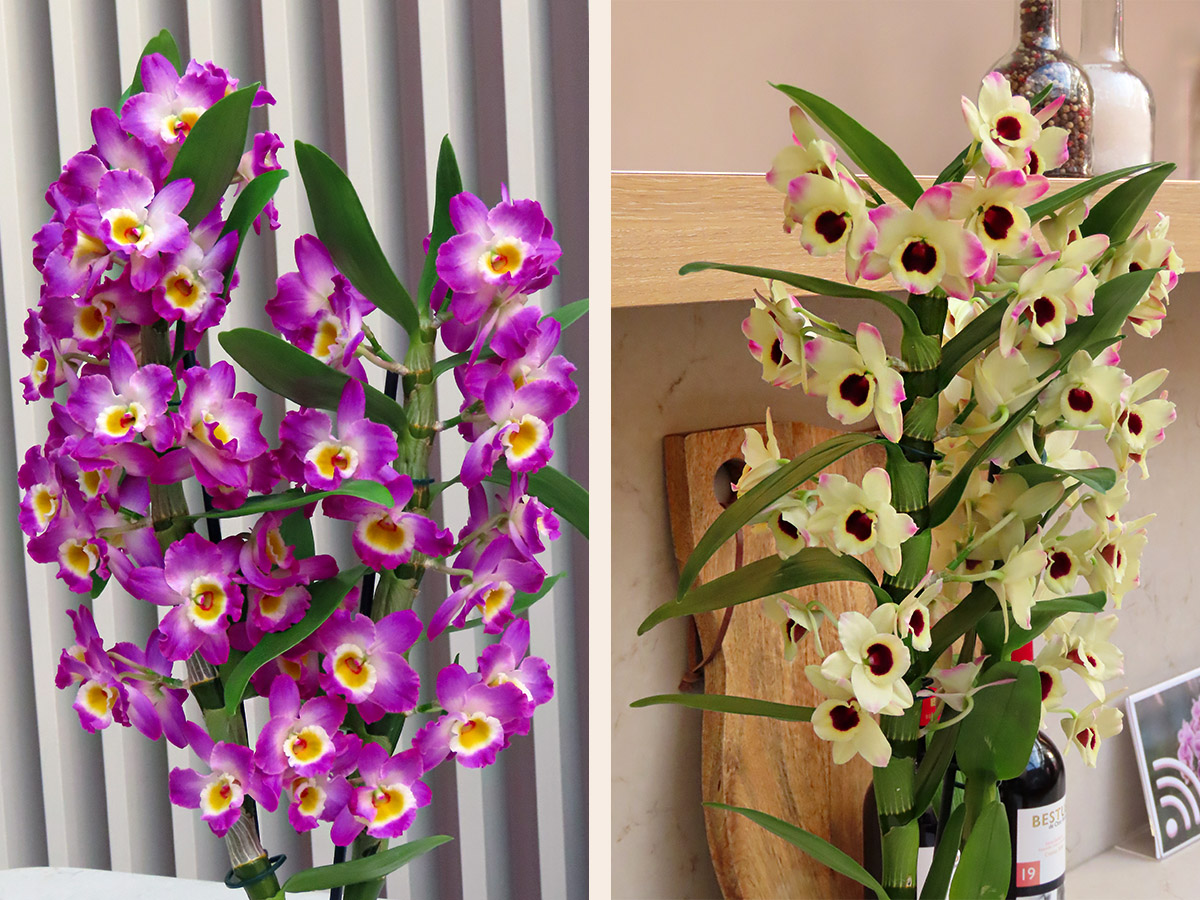
A good-quality dendrobium nobile will bloom for weeks on end. They start blooming from the bottom, but it will not take a full week before the whole stem is covered with cute delicately fragrant blooms. At Floricultura they are breeding dendrobiums that have to stay in good shape for at least five to seven weeks. So, don't worry when the dendrobium at the florist is already blossoming, as fast-bloomers they are supposed to.
You might wonder: can I reuse my dendrobium? Yes, you can! After blooming has ended the dendrobium can bloom again next year. Do not cut the old shoots, because they will serve as nutrition for the new shoots that will form the new flowers. And give the plant all the daylight you can find. After a process of approximately 9-12 months, you will have new flowers in spring.
Breeding and Growing the Perfect Dendrobium
Although Peter Prins' role at Floricultura is both account manager and cultivation advisor, he thinks of himself first and foremost as the latter. His product group is so specialized, that there is little real competition. This has to do with the already mentioned exclusivity of this orchid and that there are not many growers who want or dare to grow this plant. There are only a few growers who specialize in dendrobium cultivation, of which De Hoog Orchids - known for its 'Florallure' series -, and Bos Flowers & Orchids are the top in the Netherlands.
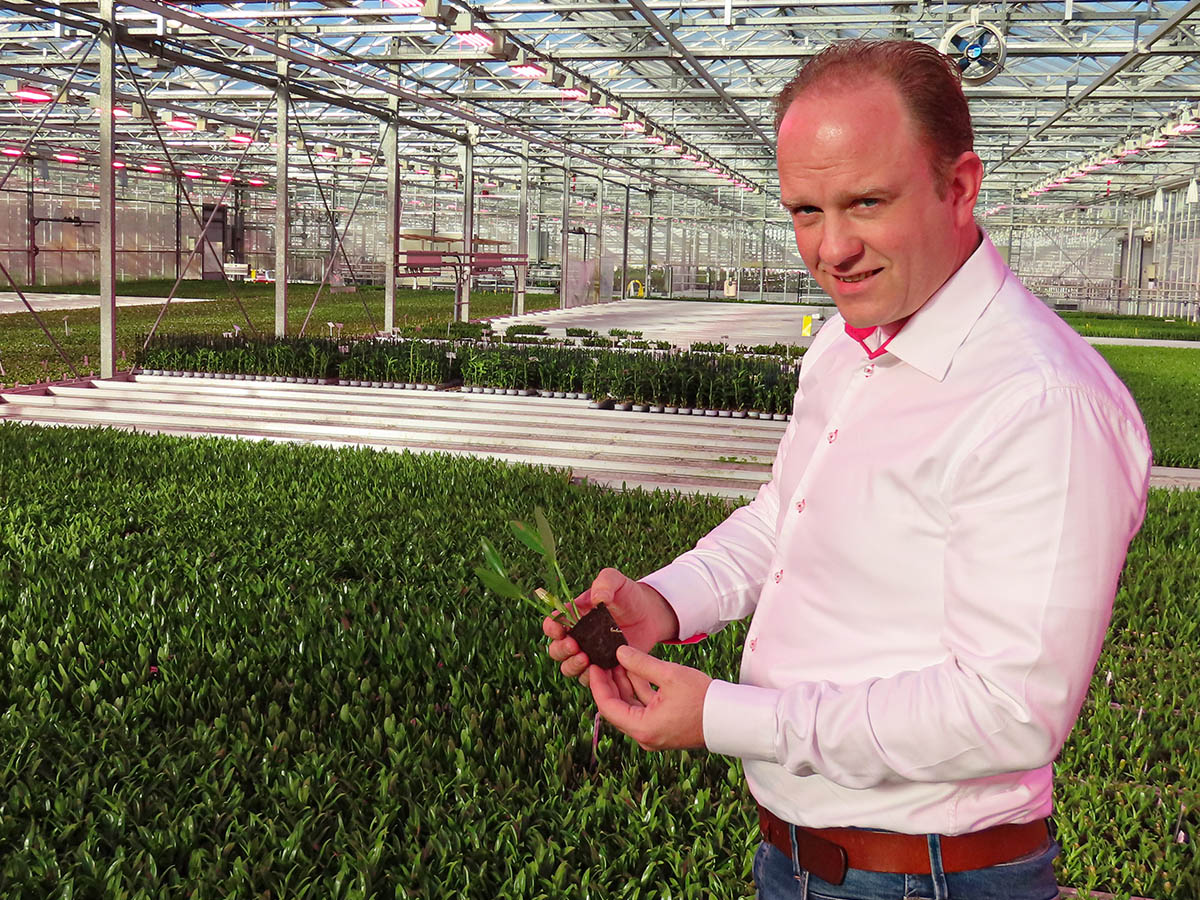
So, Peter's task is to keep his growers updated about new developments and improvements and advise where necessary:
"The growers who have our varieties in their greenhouse already know so much about how to grow these orchid plants. The upgrades that still can be made are momentarily mainly in health improvements. Dendrobium plants can be vulnerable to insects, like thrips or spider mites. We have prioritized the battle against these insects, with the support of our growers."
All new varieties are thoroughly tested on their resistance by a Dutch specialized agricultural research center called Vertify. Their bio tests provide an initial indication of the effectiveness of remedies against pests and insects. With that result, Floricultura has an insight into what steps need to be taken next to get the perfect thrips-tolerant dendrobium nobile.
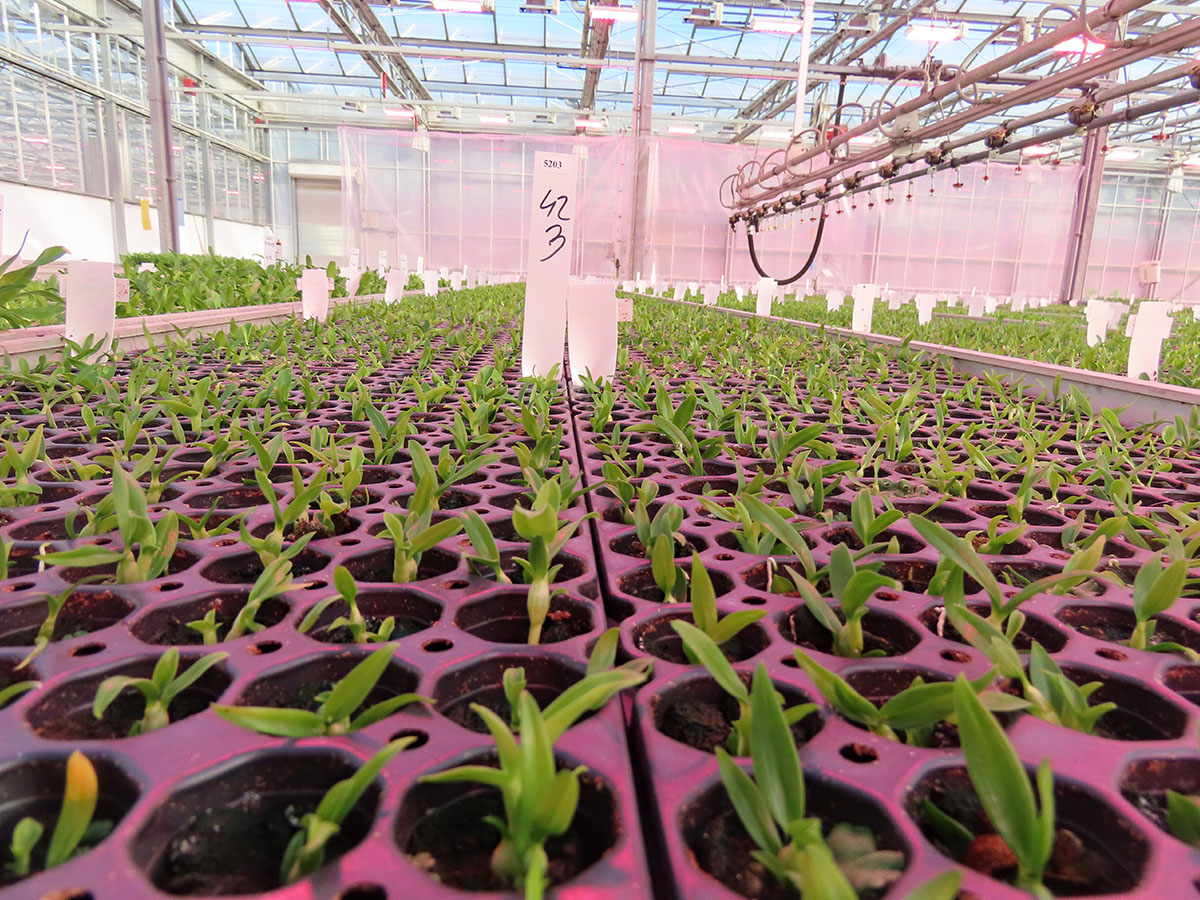
A Bright Future
Next to his commercial and advisory role, Peter cherishes the time he can spend in the Floricultura greenhouse making new selections for future varieties and improvements. As mentioned, the assortment of dendrobium nobile is not so big at this moment. But Peter promises that there are some nice varieties coming soon. These do not have a name yet, just a number - until they are fully checked and tested for commercial cultivation. Peter is personally involved in this process.
Peter:
"I have been working for Floricultura now for 15 years, and I can say that to be at the cradle of new varieties is the nicest part of my job. With the experience I gained over the years, I can tell quite fast if a newly developed variety has potential.
I expect that we will have some beautiful ones with dark hearts in the near future. These are still in the testing phase and only have a test number, but they have performed well so far. And a big desire is to also expand the color palette with colors that we do not have at all yet in dendrobiums, like green or red. Who knows..."
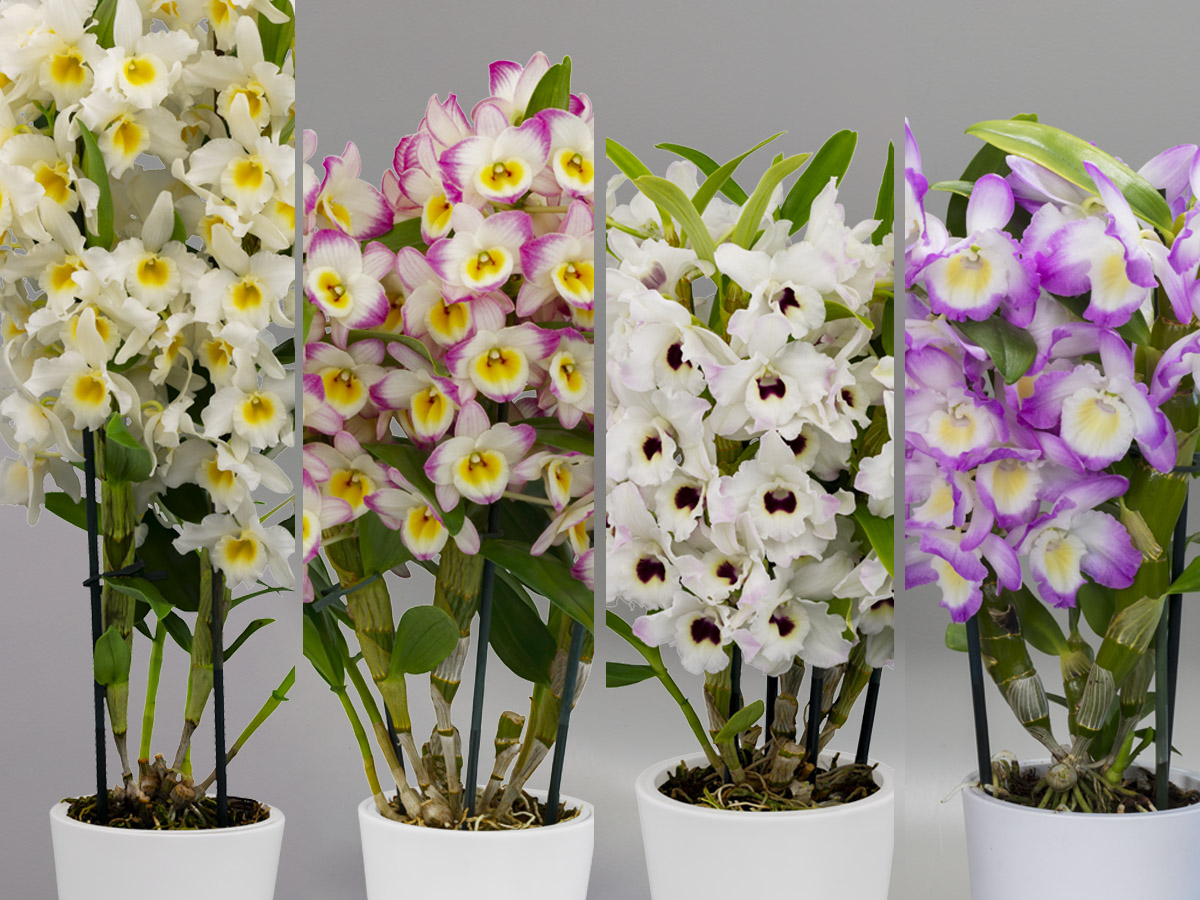
Peter's final remark for florists and consumers is to understand that a dendrobium is a species of its own. The group of orchids is so big and wide that it is not always easy for this specific type to get the attention it deserves. But once it does catch your eye, you'll definitely love this exclusive luxury orchid, and it will not be difficult to give it a prominent place in your living room.

